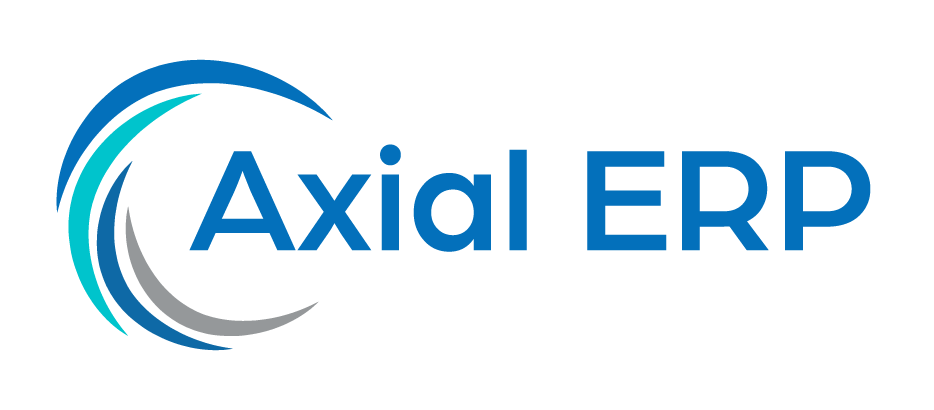How ERP Contributes to Intelligent Inventory Replenishment
Inventory management is a critical component for the success of companies that handle physical goods. In this context, Enterprise Resource Planning (ERP) systems play a fundamental role in optimizing inventory replenishment processes. Through automation and data intelligence, ERPs enable organizations to make more informed and efficient decisions, reducing costs and improving customer satisfaction.
Understanding Inventory Replenishment
Before delving into how ERP systems improve inventory replenishment, it is important to understand what this process entails. Inventory replenishment is the act of restocking products or materials that have been consumed or sold, ensuring that there are enough items in stock to meet demand without incurring excesses that result in unnecessary storage costs.
Features of an ERP for Inventory Management
Modern ERP systems offer a variety of features designed to enhance inventory management:
- Process Automation: ERPs can automate repetitive inventory-related tasks such as generating purchase orders and updating stock levels.
- Data Analysis: These systems collect and analyze real-time data to predict trends, identify sales patterns, and anticipate replenishment needs.
- Supply Chain Integration: An ERP integrates information from the entire supply chain, allowing for a holistic view and better coordination between suppliers, distributors, and customers.
- Inventory Optimization: With forecasting and tracking tools, ERPs help maintain the optimal balance between available inventory and projected demand.
Benefits of an ERP in Inventory Replenishment
Implementing an ERP system brings multiple benefits to inventory replenishment:
- Cost Reduction: By avoiding excess inventory and minimizing shortages, companies can significantly reduce costs associated with storage and product obsolescence.
- Improved Order Accuracy: Accuracy in generating purchase orders and demand planning results in better resource management and a reduction in order errors.
- Quick Response to Market Changes: The ability of ERPs to analyze trends and quickly adapt to market changes enables companies to be more agile and competitive.
- Increased Customer Satisfaction: By ensuring product availability, companies can offer better service and respond to the needs of their customers.
Implementing an ERP for Intelligent Inventory Replenishment
Implementing an ERP system requires careful planning and a well-defined strategy. Companies should consider the following steps to ensure a successful transition:
- Needs Assessment: Determine the specific needs of the company and how an ERP can meet them.
- System Selection: Choose an ERP that aligns with the company’s objectives and offers the necessary functionalities for effective inventory management.
- Training and Support: Invest in staff training and ensure continuous technical support to maximize system usage.
- Monitoring and Adjustments: Once implemented, it is crucial to monitor the performance of the ERP and make adjustments as necessary to continuously improve inventory replenishment processes.
Conclusions
ERP systems transform the way companies approach inventory replenishment, offering solutions that increase efficiency, reduce costs, and improve customer service. Implementing an ERP is a strategic investment that can take companies to a new level of competitiveness in the current market.



